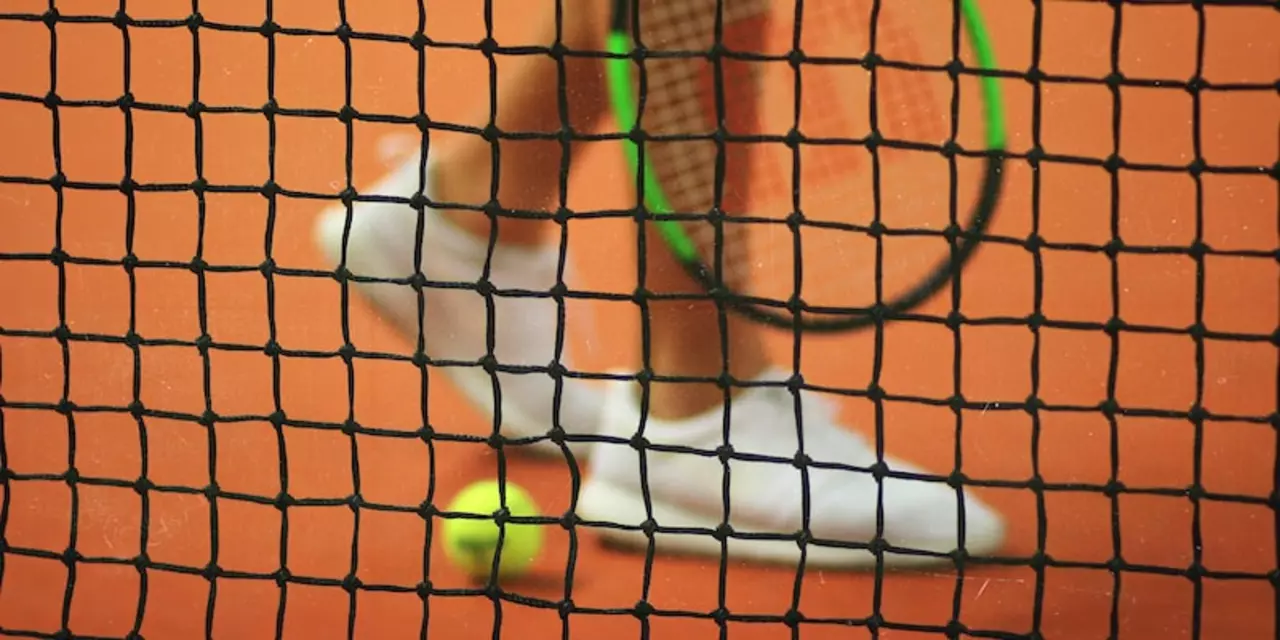Scoring in Tennis: How Points, Games, and Sets Work
Ever wondered why tennis uses "love" and "deuce" instead of simple numbers? The scoring system looks odd at first, but once you break it down it’s straightforward. Knowing the basics helps you follow any match and even plan your own strategies on court.
Basic Point Sequence
Every rally ends with a point. The sequence goes 0 (called love), 15, 30, 40, then game point. If both players reach 40, the score is "deuce". From deuce you need two consecutive points: the first gives you "advantage", the second wins the game. Lose the advantage and you’re back at deuce. It’s a simple win‑by‑two rule that keeps the tension high.
Why 15, 30, 40? Legend says old French courts used clocks to mark points – each point moved the hand a quarter of the dial. The third jump stopped at 45, but it was shortened to 40 for easier counting. Whatever the story, the pattern sticks and fans love the drama.
Games, Sets, and Tiebreaks
A game is the basic unit, but you need several games to claim a set. Most professional matches use a best‑of‑three‑sets format; Grand Slams for men use best‑of‑five. To win a set you must win at least six games and be two games ahead – 6‑4, 7‑5, etc. If the set reaches 6‑6, a tiebreak decides the winner.
During a tiebreak, points are counted numerically (0, 1, 2…). The first player to reach seven points with a two‑point margin claims the set. If the margin isn’t met, play continues until it is. Tiebreaks add a sudden‑death feel that can flip a match in seconds.
Some tournaments experiment with no‑ad scoring (next point after deuce wins the game) or super tiebreaks (first to 10 points) to speed up play. Those variations change the rhythm but the core idea – win points, win games, win sets – stays the same.
Knowing where you stand in the score helps you choose tactics. Down 30‑40? You might go for a high‑margin serve. Up 40‑30? Focus on consistency to close the game. At 6‑5 in a set, a safe play can cement the set while an aggressive shot might cause a comeback.
For casual players, tracking the score can be as simple as using a scoreboard app or a small chalkboard on the side of the court. Even if you’re just watching TV, understand the announcer’s call: "40‑15, game point for the server" – that means one more point wins the game.
Remember, the score tells a story. A long deuce battle shows a tight contest, while a quick 6‑0 set signals dominance. Use that story to gauge your opponent’s confidence and adjust your game plan accordingly.
Now that you’ve got the basics, try applying them next time you pick up a racket. Count the points out loud, notice when deuce pops up, and watch how the set unfolds. The more you practice, the more natural the scoring will feel, and the more you’ll enjoy every rally.

How to keep score in tennis and why is it dome that way?
Tennis scoring can be complicated and confusing, but understanding it is key to enjoying the game. Scoring in tennis is done in a game system, where points are awarded for winning a rally, and the winner of each game is the player who first reaches four points. Scoring continues until one player reaches six games, with a margin of two games. A set is won when one player reaches six games, but with a margin of two games. Finally, a match is won when one player wins two sets out of three (or three sets out of five). Knowing the scoring system allows players to keep track of the game, and allows for more strategy and a more enjoyable experience.
Detail



